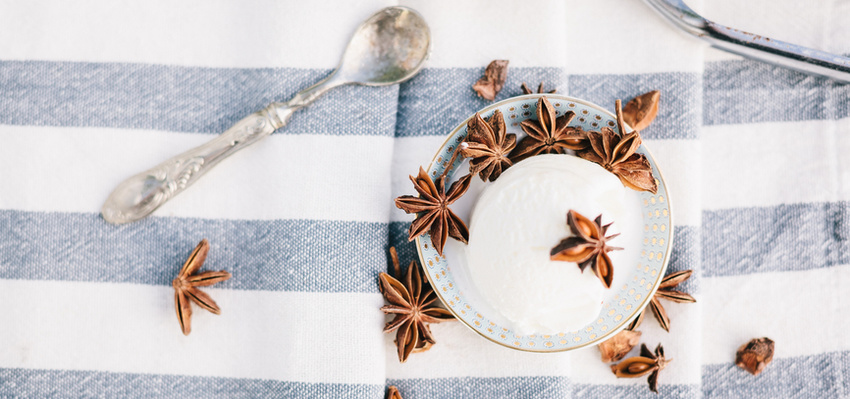10 Best Polyphenol-Rich Superfoods + Why You Should Be Eating Them

"Eat food, not too much, mostly plants." The simplicity and accuracy of those words, written by Michael Pollan in his masterpiece In Defense of Food, are unmatched.
But why are plant-based foods so powerful? Why do I repeat over and over to my heart patients to get seven to 10 servings a day of brightly colored fruits and vegetables? For example, just this week the news channels reported a story thatblueberries improve both blood pressure and the healthy flexibility of arteries, making them act younger.
The secret that blueberries and other selected whole foods possess is that they are rich sources of polyphenols. Let's get to know these powerful chemicals a bit more.
Time to pay attention for a one-minute food chemistry lesson. Polyphenols are a group of plant-based chemicals that have at least one phenol group (don't ask me why we don't call some monophenols — I don't know). One broad type of polyphenols are phenolic acids including red fruits, black radishes, onions, coffees, cereals and spices.
The second broad group are the flavonoids, including isoflavones found in soy, anthocyanidins found in berries and wine, flavones found in herbs, flavonols found in broccoli, tomato and tea, flavanones found in citrus fruits and juices, and flavan-3-ols found in cocoa, tea and wine.
Finally, some famous ones don't fit into any class, including resveratrol and stilbenes from wine and nuts, curcumin in spices, and lignans in flaxseeds.
Polyphenols improve your health in six ways:
- Lower cholesterol
- Lower blood pressure
- Improve artery (endothelial) function
- Prevent platelet clumping
- Improve arterial flexibility
- Improved life span
The evidence for the heart benefits for foods rich in polyphenols comes from hundreds of studies. One example published last year was a large study in Europe reporting that a higher intake of polyphenols, particularly stilbenes from grapes and nuts and lignans from flax, was associated with a longer life span.
In another recent study, of more than 500 European subjects, healthier arteries were found in those who ate raw vegetables and avoided high-fat dairy products. Consumption of fresh fruit, wine and avoidance of high-fat dairy products was also associated with less inflammation in the same subjects.
Still need more? In over 34,000 post-menopausal women, intake of flavonoid-rich foods such as bran, apples, pears, grapefruit, strawberries, red wine and chocolate was associated with a lower risk of heart disease and all-cause deaths.
Want a few extra tips? The top 100 richest foods in polyphenols has been studied and a list was published, but the top 10 are:
- Cloves
- Star anise
- Cocoa powder
- Mexican oregano, dried
- Celery seed
- Black chokeberry
- Dark chocolate
- Flaxseed meal
- Black elderberry
- Chestnut
Honorable mention goes to sage, rosemary, spearmint, thyme, capers, basil, curry, strawberries and coffee.
There is no doubt that food is information. Food can act as a natural medicine, your dinner can determine your destiny, and your fork can decide your fate. Polyphenol-rich foods found in fruits, vegetables, nuts and seeds are a pharmacy to enhance your bodies "chemistry set", moving the needle away from inflammation and disease and toward healing and vitality. As the deputy director of the USDA said in a rare moment of candor "Eat your damn vegetables," a path to health, energy and a long life free of illness can be found at the end of your intelligently placed fork.
Photo Credit: Stocksy
Comments
Post a Comment